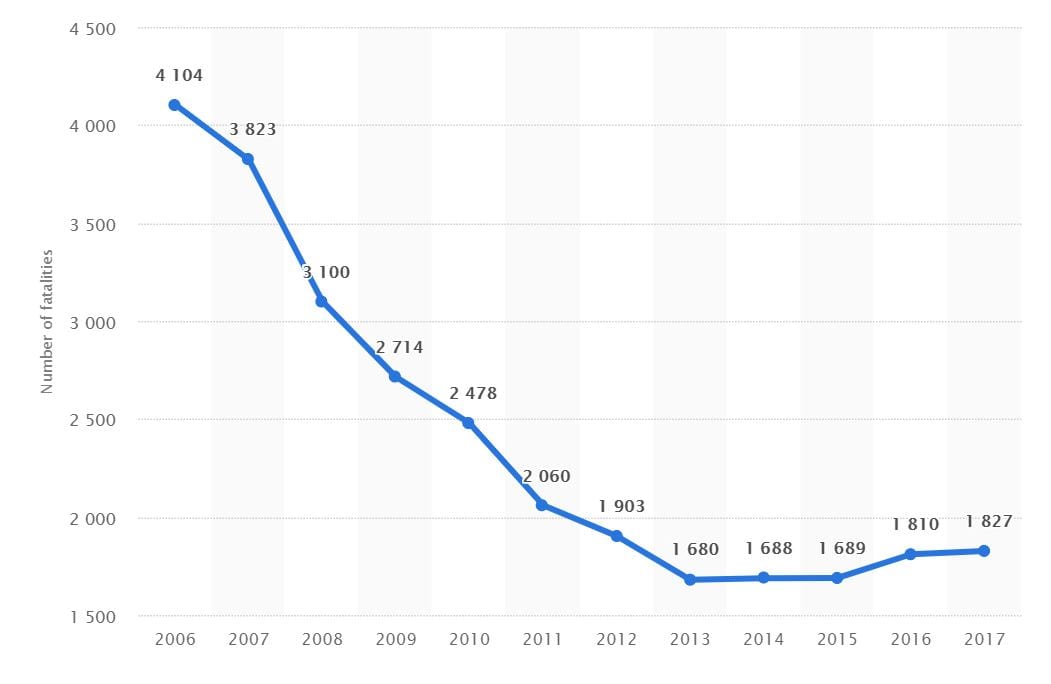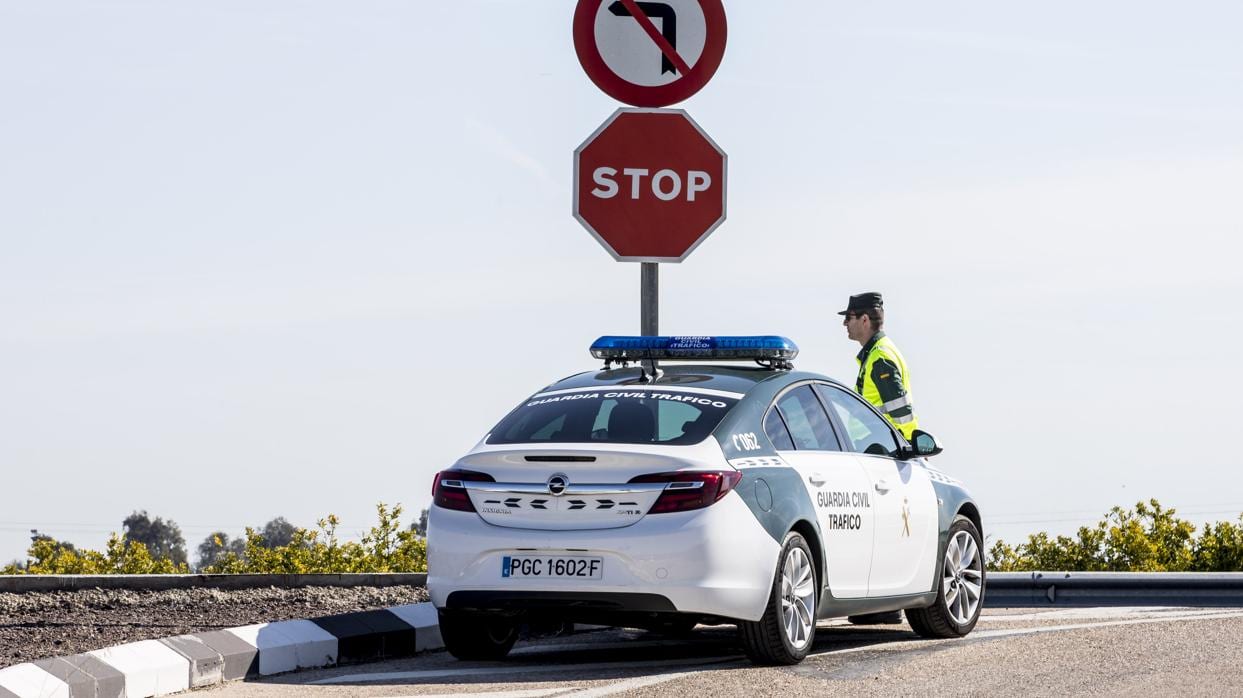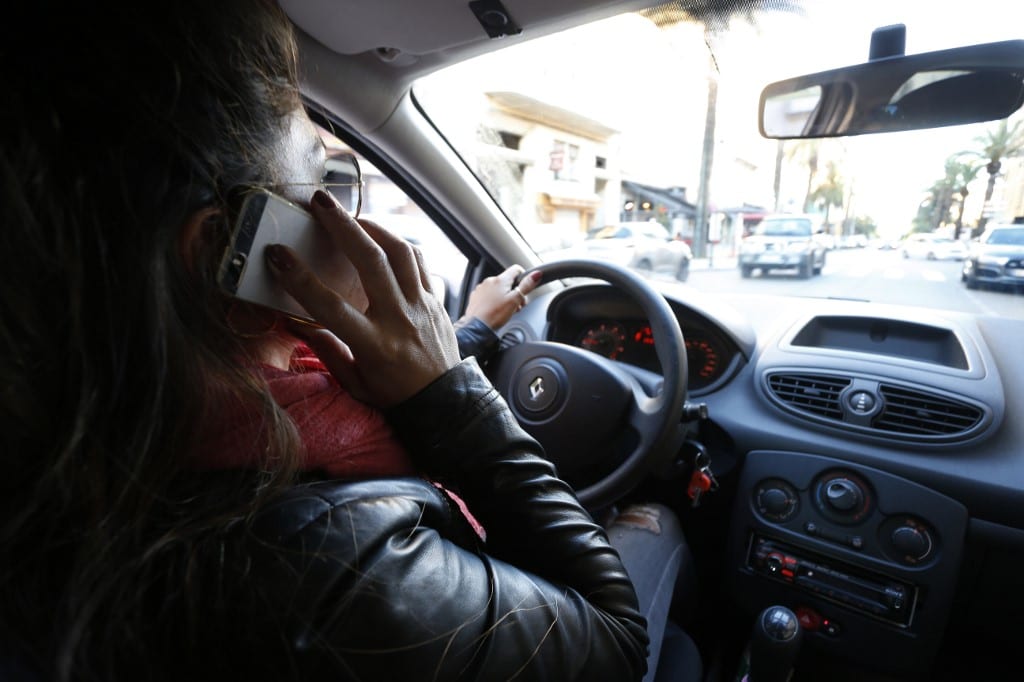WHILE recent statistics indicate that Spain’s drivers are among the safest drivers in the EU, this wasn’t always the case.
A new survey by the Spanish Royal Automobile Club (RACE) shows that Spain has dropped to eighth for fatalities, bringing its deaths for every million people to 39, while the European average is 51. Some 10 years ago, Spain’s road fatalities per million people stood at 59.
So what has lead to this marked improvement?
According to the Directorate-General for Traffic (DGT), Spain’s higher safety levels can be traced back to 2000, when the country joined the European road safety strategy with the objective to reduce road deaths by 50% by 2010.
Since that date, there has been a reduction of over 53% in the number of deaths, making Spain a benchmark country for the EU regarding drivers’ safety.

This significant improvement, however, did not come without detailed, coordinated changes enacted over time.
Originally outlined in the Road Safety Strategic Plan 2005-2008, the initiatives centred on enforcing compliance with regulations and coordinating with Health, Education, and Public Works, among other sectors, to holistically target every aspect affecting road safety.
The changes were divided into eleven target groups: education and training, raising awareness and communication, compliance with regulations, health and road safety, vehicle safety, improved infrastructure, the urban area, company and professional transport, victims assistance, research and knowledge management, and coordination and participation.
A new document was drawn up to describe the areas of intervention and measures to be implemented in the 2011-2020 period in order to make sure road safety was constantly progressing. The updated goals are based upon five values (green mobility, safety mobility, competitive mobility, and healthy mobility) which encompass the actions to reduce the socio-economic impact of road traffic accidents in the upcoming decade.

While the road safety strategy spurred major progress, the fall in fatalities between 2003 and 2009 can also be attributed to other contributing factors.
In particular, there was an increased use in safety systems (the use of helmets increased by 25.9% and the use of seatbelts increased by 20.6%) and a decrease in alcoholic drink consumption (the percentage of drivers who died when over the limit fell by 6%).
According to surveys conducted by the European Road Safety Observatory (ERSO), Spain’s attitudes toward risk-taking are also a factor. Despite their negative stereotype, Spanish drivers are more supportive of stricter speeding and drunk-driving legislation relative to drivers in other European countries. There is also a higher perceived probability of being checked for speeding and drunk-driving. In fact, the number of speeding tickets per population and alcohol tests did significantly increase in the period 2010-2015; the fear of stricter enforcement may lead to more drivers erring on the side of caution on the road.
The country’s formal inspections of new and existing roads, as well as the monthly public road safety campaigns and compulsory driving education in all Spanish primary schools have also helped raise awareness on the importance of safe driving as a combined effort between the government and its citizens.
Even the country’s infamous driver’s license points system, where points are demerited for different offences until the license is taken away, has been revamped.

Pere Navarro, the chief of the traffic authority, announced steeper penalties in the points system as one of his main goals in the summer of 2018. In particular, he wished to target cell-phone use while driving—one of the leading causes linked to death on Spanish roads.
“When it comes to road safety, our indicator is very visible: the death toll. The figures set our path for us,” he told El Pais, listing all the issues that could use improvement: “We need to do something about secondary roads, we need to do something about motorcycles, we need to do something about cities, about distractions, about pedestrians.”
Clearly, while the country has seen a significant decrease in driving fatalities, several issues remain to be addressed in order to reach below the 37 deaths per million inhabitants mark. Nonetheless, Spain’s initiatives continue to serve as a positive model for other EU countries wishing to better their own roads.












Using indicators (that little stick behind the steering wheel), and also learning how roundabouts actually function on the rest of the planet would help too.